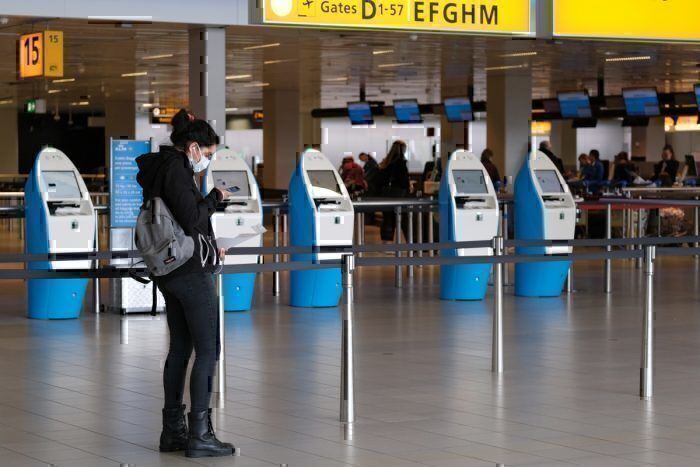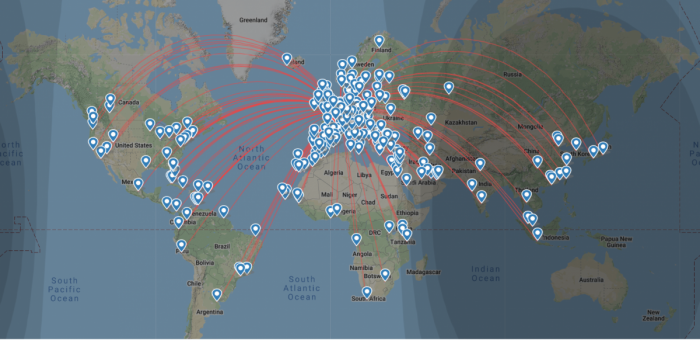It seems the Netherlands is ready to step up its efforts to halt the spread of the coronavirus, as news has emerged that the nation is banning all flights from the most affected countries. The decision will affect flights from China, Hong Kong, Iran, Italy and South Korea, and is due to come into force on Friday at 18:00.
What are the details?
News just out of Holland is that Minister Cora van Nieuwenhuizen has made a bold announcement today following meetings with cabinet members earlier in the day. She said that all flights from the countries most badly affected by COVID-19 will no longer be allowed access to The Netherlands.
The announcement was made less than an hour ago, and measures are due to go into effect at 18:00 local time this evening, giving airlines less than three hours’ notice. This means there could be aircraft on their way to Holland when the ban goes into force. However, the government has thought about this, with the Minister reported by the NL Times as saying,
"Flights that took off before that time may still land in the Netherlands. But after 6:00 pm no more aircraft are allowed to take off from those countries"
Although flights will be allowed to land, this short notice announcement will be a huge headache for airlines with passengers booked to fly.
How long will the ban last?
The Dutch government has specified that the ban would stay in place until at least the 26th March. They say that this extreme measure is necessary to keep people who are infected from entering the country.
Although the decision will be unwelcome for passenger airlines, Holland also says that cargo flights will not be affected. However, it also noted that it had reserved the right to add more countries to the banned list as time goes on.
Currently, there is no plan in place to repatriate Dutch citizens who may be abroad. However, the Cabinet has said it is evaluating its options. Those in Italy, for example, have been asked to use ground transportation to return home.
Which airlines will be most affected?
Amsterdam Schiphol is one of the busiest international hubs in Europe. Its nonstop connections stretch from Japan and Indonesia in the east to Los Angeles and Argentina in the west. Many long haul routes are operated by flag carrier KLM, who will be most exposed as a result of this change. However, other airlines are likely to see an impact too.
Normally, there are connections from AMS to 14 destinations in Italy. These are operated by KLM, but also by airlines such as LEVEL, easyJet, Alitalia and Vueling. While some of these airlines have already canceled services to Italy, others will be scrambling to make last-minute changes and to appease booked passengers who are now left stranded.
Korean Air and KLM both fly to South Korea’s Seoul Incheon airport (ICN), KLM with a daily Boeing 777 service and Korean currently with a four times per week A330 service. KLM has already cancelled all flights to South Korea, and now Korean Air will need to adjust its schedule too.
Most airlines had already stopped flying between mainland China and Europe earlier in the year, but Cathay Pacific’s A350-1000 service between Hong Kong and Schiphol has operated right through the year so far. The next departure was due to take off tomorrow morning at 00:50 local, less than an hour from now.
The flight should just slip inside the 18:00 deadline, which means it should be allowed to land at Schiphol. However, once it returns to Hong Kong, no further departures will be allowed.
KLM, on the other hand, has been canceling services to Hong Kong since the 11th. This means there are no KLM aircraft stuck in Hong Kong, and less disruption for the airline.
Will you be impacted by the closure of Holland’s air borders? Let us know in the comments.




